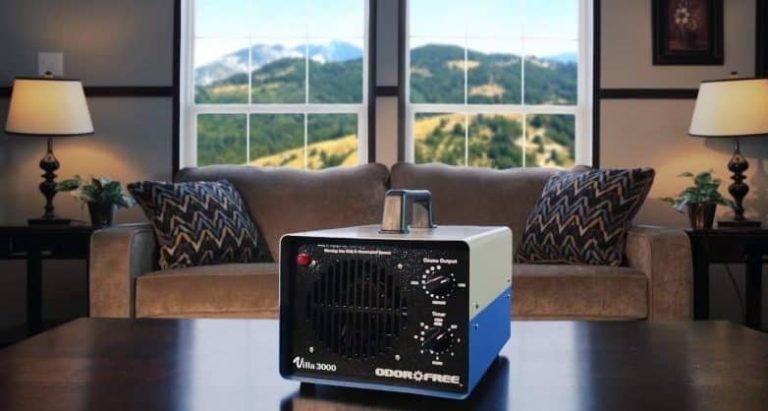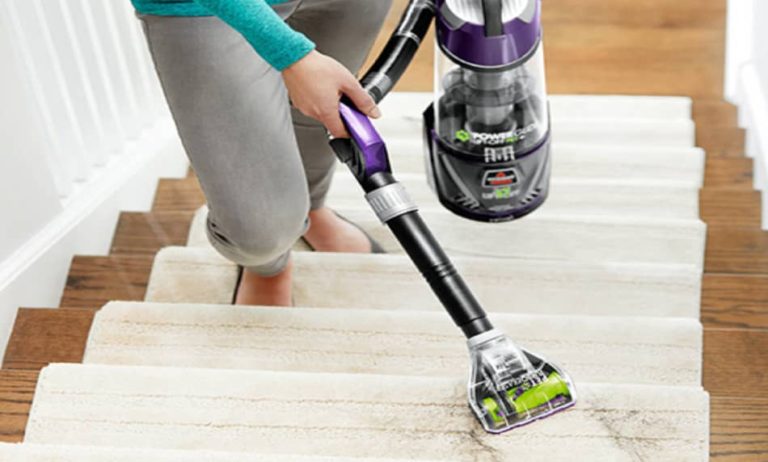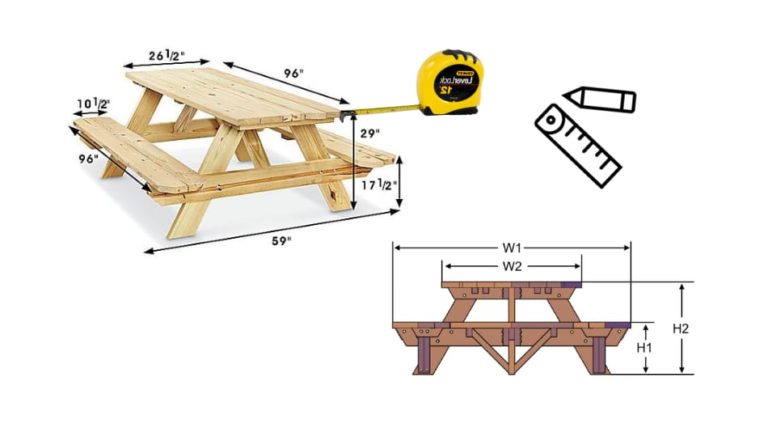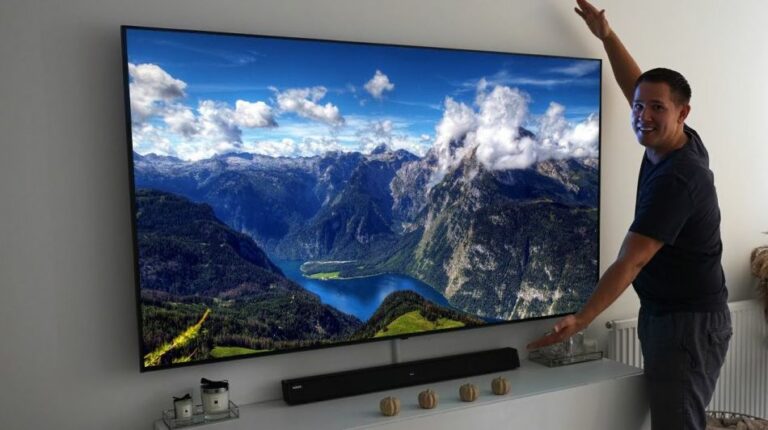How Do Ceiling Fans Work?
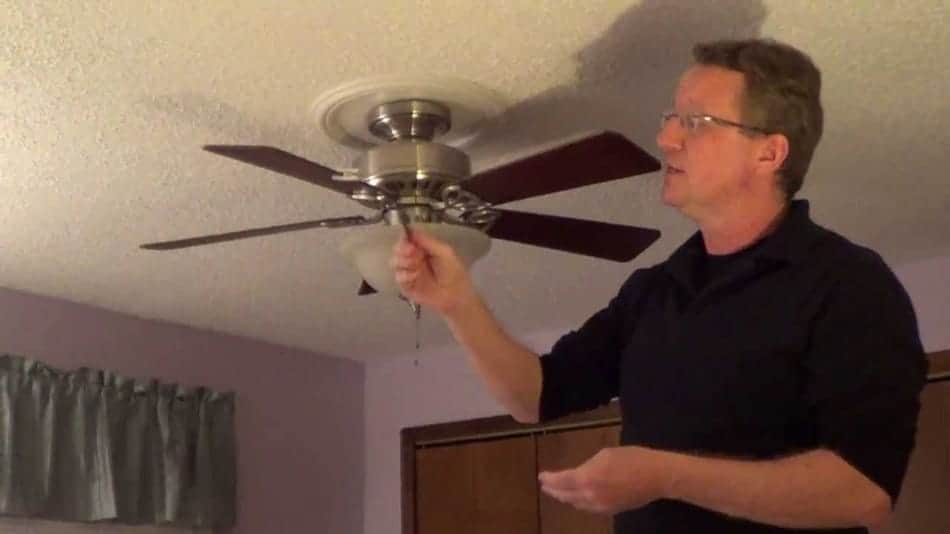
Ceiling fans are a common fixture in many homes, but how well do we really understand them? They are an excellent way to keep your home cool and comfortable. Most of us have a general idea of what they’re used for and that they help to cool our homes during the summer months. But if you think about it, ceiling fans are more than just an effective cooling tool.
They work by circulating the air in your room, which helps you feel cooler than if you were just sitting still. A ceiling fan can also help improve the circulation of hot air out of your house, so it’s not as stuffy inside during summer months. But let’s see how they actually work.
Table of Contents
How Do Ceiling Fan Work?
So How Do Ceiling Fan Works? Ceiling fan blades spin at high speed with the help of the motor. If the blades are rotating counterclockwise, then the ceiling fan helps to circulate the cool air down and around the room. When the blades are rotating clockwise, then the fan help recirculate the warm air down and around the room.
Ceiling fans are your home’s co-managers. They help you save money and make a comfortable atmosphere in the room by making sure that air is flowing throughout the house, taking away any hot or cool air that would otherwise be trapped in a room.
The Main Parts of a Ceiling Fan
On hot days, a ceiling fan helps cool our rooms, and in the winter, it keeps our rooms warm. Before you proceed to find out how a fan works, here are the parts that make the ceiling fan work.
- Electric Motor
- Blades (paddles or wings)
- Metal Arms
- Flywheel
- Rotors
- Additional parts such as (ball and socket system, J-hook or claw hook system, low ceiling adapter)
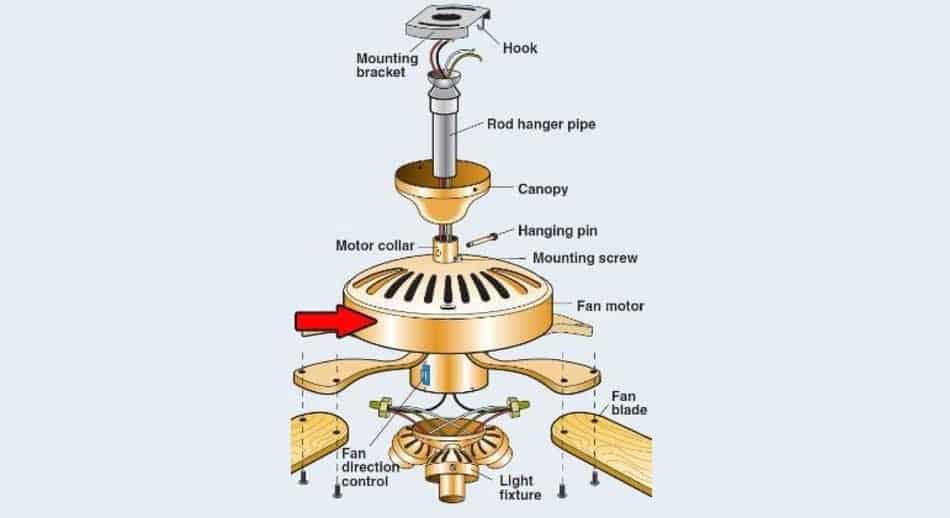
Working Principle Behind the Ceiling Fan
The most important part of a ceiling fan is the motor. The electric power gets converted into mechanical energy and drives two blades (wings) to spin in opposite directions at high speed, which then pushes air down and creates an airflow.
The direction of airflow is determined by where air moves: forward or downward respectively based on how high up it goes when moving into an updraft and downdraft position (or vice versa).
You’ll find that there are two cords in your fan with light- one for the fan itself and the other is just to power up the lights. When you pull out either cord, electricity will flow into it much like when using a wall switch instead of pulling on both at once. You can always use more than one method if needed!
Ceiling fans work by rotating their blades to produce an airflow so comfortable and refreshing on our skins during these warmer months.
Physics Of A Ceiling Fan
A good ceiling fan will make a big difference in how comfortable you are at home! It’s important to find one that fits with the style of your room and has all the features you want like remote control or light dimmer for example. The main features of the ceiling fan:
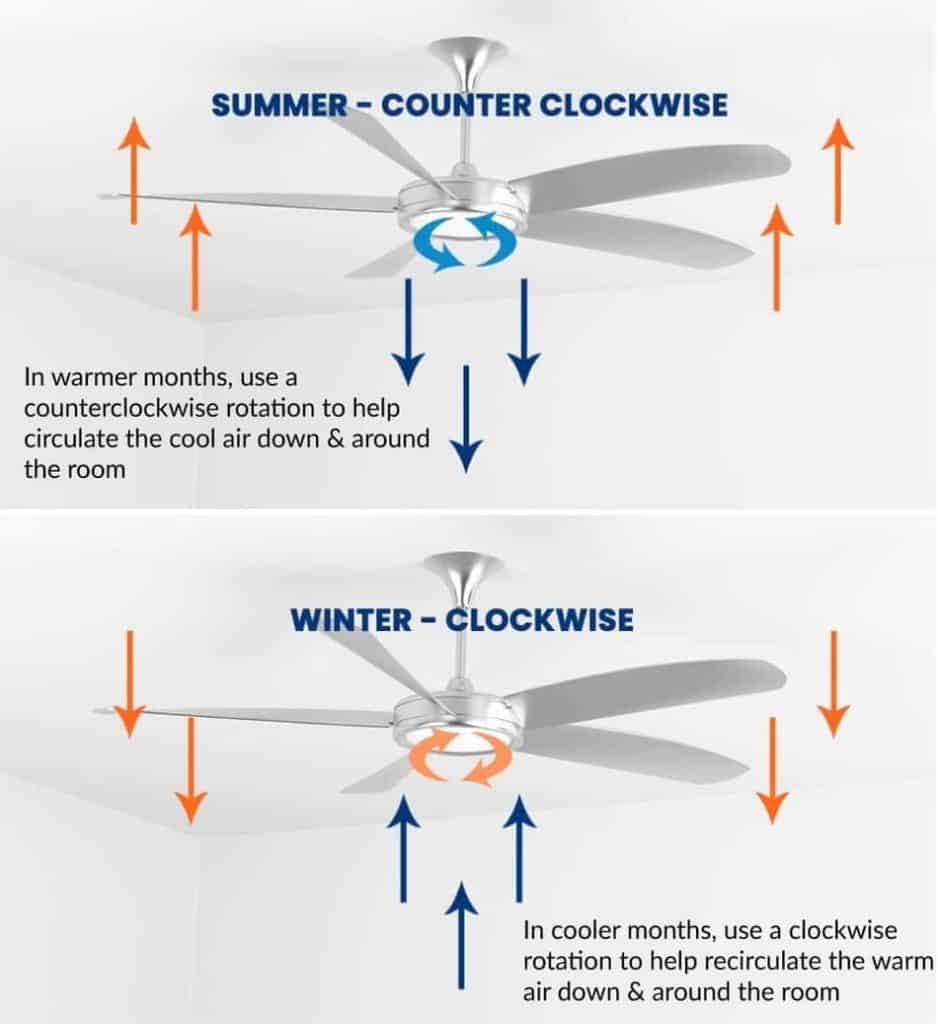
Airflow: Airflow can be created without using a ceiling fan by opening windows and doors or using fans (stand-alone or portable) that sit on the floor. These methods work great for cooling small rooms such as bedrooms, but larger spaces like living rooms may need additional help with air circulation, and that’s why the best method is a ceiling fan.
Evaporative Cooling: Evaporative cooling is the refreshing feeling we get when a ceiling fan is turned on during hot summer days. The current of air from a ceiling fan evaporates sweat off your skin, leaving you with that cool sensation. But don’t let it stop there; this also prevents damp rooms and lowers condensation in those humid months!
Destratification: Destratification is a great way to take advantage of the natural process that causes warm air and cool air to rise or sink. Ceiling fans can help us have more comfortable days by creating even temperatures in our homes from floor to ceiling. With this constant airflow created with destratification, we’ll experience some evaporative cooling which means it will feel nice and breezy at home!
Ceiling Fan Mechanics: Ceiling fans create airflow with the help of evaporative cooling and destratification, which is created by oscillating air in all directions. There are two types of blade design: propeller blades or paddle-wheel-like fins, each one having its own pros and cons depending on what you’re looking for – but both work well to cool down an area in small spaces.
The speed at which these blades move also determines how quickly they’ll be able to provide cooling through evaporation; so faster speeds will result in quicker cooldown times during those scorching summer months!
How to Choose a Ceiling Fan?
The first step to deciding what ceiling fan you want is figuring out where in your home it will go. There are two types of ceilings: indoor and outdoor. Indoor fans can be installed anywhere, but if you have an outside space like a porch or patio that needs additional airflow, this may also be the perfect spot for a new ceiling fan!
Outdoor rooms should also take into consideration how high off the ground they’ll need their blade span from to create optimal circulation; higher blades work better with taller ceilings while lower blades do best when closer proximity to floors below them (say on porches).
To decide which size of fan goes well with various spaces within your living situation you must consult with a master.
The Wind Chill Effect
Ceiling fans don’t actually cool rooms down. They make the people in them feel cooler instead by decreasing how hot they are by increasing their circulation of air from a fan’s blades moving against it. The downdrafts created when you turn on your ceiling fan effectively push warm air downward while drawing cold breezes upward; this process disperses warmer temperatures throughout the room, as well as decreases, wind chill since all areas have access to some degree of cooling airflow.
Ceiling Fans Have 2 Modes (Directions)
A lot of homeowners don’t know that most ceiling fans have a setting where the blades can turn in the opposite direction. Just like when you reverse your car, reversing blade directions does just about as much for cooling down an area: it sucks up the cool air and pushes it higher instead of sucking hot air into its body while pushing cold air downwards to make things hotter still.
When this fan forces cool air upwards, everything gets mixed around more than before! This means there is less access to cooler areas because warm stuff ends up being pushed above all those exhausted vents too – but if you really want some heat-induced comfort then go ahead!
Conclusion
Ceiling fans are used to circulate air throughout a room. They allow you to keep your home cooler during warmer months without having to use any energy at all! To help make sure you get the best product possible, it’s smart to do some research before making any purchases. That way, you know what features are most important and how much you should spend on them. If you want high-quality at an affordable price point, then consult a master.


